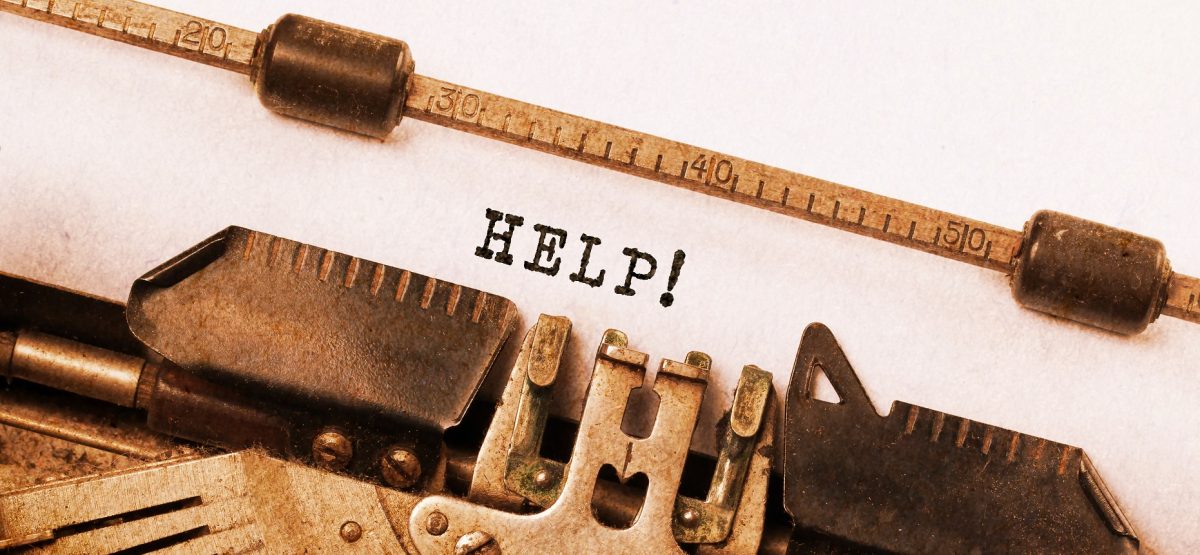Published 13 September 2019
The day to day priorities of management and HR professionals can sometimes leave position descriptions as an afterthought. However, when drafted properly, position descriptions can be an invaluable tool for both employers and employees.
Why have position descriptions?
A position description is a useful, concise tool that outlines the duties, functions and responsibilities of a position. Position descriptions play an important role in determining the clarity of a role and finding the right candidate when recruiting. Often this will be used to form the basis of a job ad when advertising and gives the selection panel clear and objective criteria to assess candidates.
As well as the benefits during recruitment, position descriptions are a useful ongoing management tool. The position description sets a clear ongoing standard of the role for both the employee and management. If performance becomes an issue, and performance management becomes necessary, an employer may need to refer to the requirements under a position description.
Position descriptions can also serve as a strategic human resource planning tool when looking at the overall structure of your organisation. By embedding your organisation’s mission and vision into the position description, you can ensure effective performance of the role, aiding the organisation’s overall strategic objective.
5 Tips for Drafting Position Descriptions
When preparing position descriptions, employers should be mindful of the following:
Tip 1: Position descriptions are not task lists
A position description should not try to cover all day-to-day tasks a position may have. A position description used as an extensive task list can lose meaning, be overwhelming, and fail to provide the guidance that it should. The position description should focus on what the employee has to achieve, not how they do it.
Tip 2: Setting the expectation
The position description should describe the permanent ongoing role, so the employee has a clear understanding of the role from the beginning of their employment. The role’s key duties and responsibilities should be stated in clear and succinct point form. It is these duties that performance will be measured against.
Tip 3: Don’t attempt to be exhaustive
There needs to be a balance between maintaining sufficient detail to ensure clarity and allowing flexibility to meet the operational changes an organisation is likely to face in the future. The employment relationship is dynamic and this needs to be kept in mind when drafting a position description. An attempt to be exhaustive in preparing a position description has a number of inherent risks for the employer including:
- It could result in an employee claiming they only need to perform the tasks of their position description and not other incidental duties that come up from time to time.
- It can limit the extent to which the employer can adjust and amend the position and duties going forward.
Tip 4: What to include
Position descriptions should generally include:
- Position title: It is not so much that a position title needs to be included (that much is obvious) but rather that the right position title needs to be included. Common titles that people are familiar with should be preferred, whilst jargon or gimmicky titles should be avoided.
- Position summary: This should be a concise statement capturing the essence and strategic objective of the role.
- Organisational context: Identify the overall purpose within the business. This can also state the relevant challenges the role aims to address for the business.
- Reporting relationships: The statement of the role’s direct reports and who the role reports to.
- Key duties and responsibilities: This should give the employee a clear expectation of what is required of the role and can be used to monitor performance.
- Essential Criteria: The selection criteria should describe the requisite experience, skills and knowledge to successfully perform the role. This criteria will be crucial not only for recruitment, but ongoing management to ensure the employee has the skills to perform the key responsibilities.
Tip 5: Ensuring position descriptions remain up to date
Position descriptions should be reviewed regularly (typically annually) to ensure they remain relevant and are kept up to date. There is a risk if a change in the focus and accountabilities is extensive. For example, altering an essential requirement of a position in some instances could amount to a constructive dismissal or could be argued as a redundancy. This risk is best minimised by ensuring the employer doesn’t take an exhaustive approach to position descriptions (Tip 3) and noting in all position descriptions that they will be subject to annual review.
Conclusion
Given position descriptions remain relevant from recruitment and throughout employment, it is crucial that employers and managers carefully plan and prepare effective position descriptions, and that they remain up to date. There are a number of benefits in doing so including attracting and selecting the right candidates, ensuring an employee clearly understands their role, as well as to monitor progress and manage performance.
This content is general in nature and provides a summary of the issues covered. It is not intended to be, nor should it be relied upon, as legal or professional advice for specific employment situations.
Olexo Workplace Law recommends that specialist legal advice should be sought about specific legal issues.



